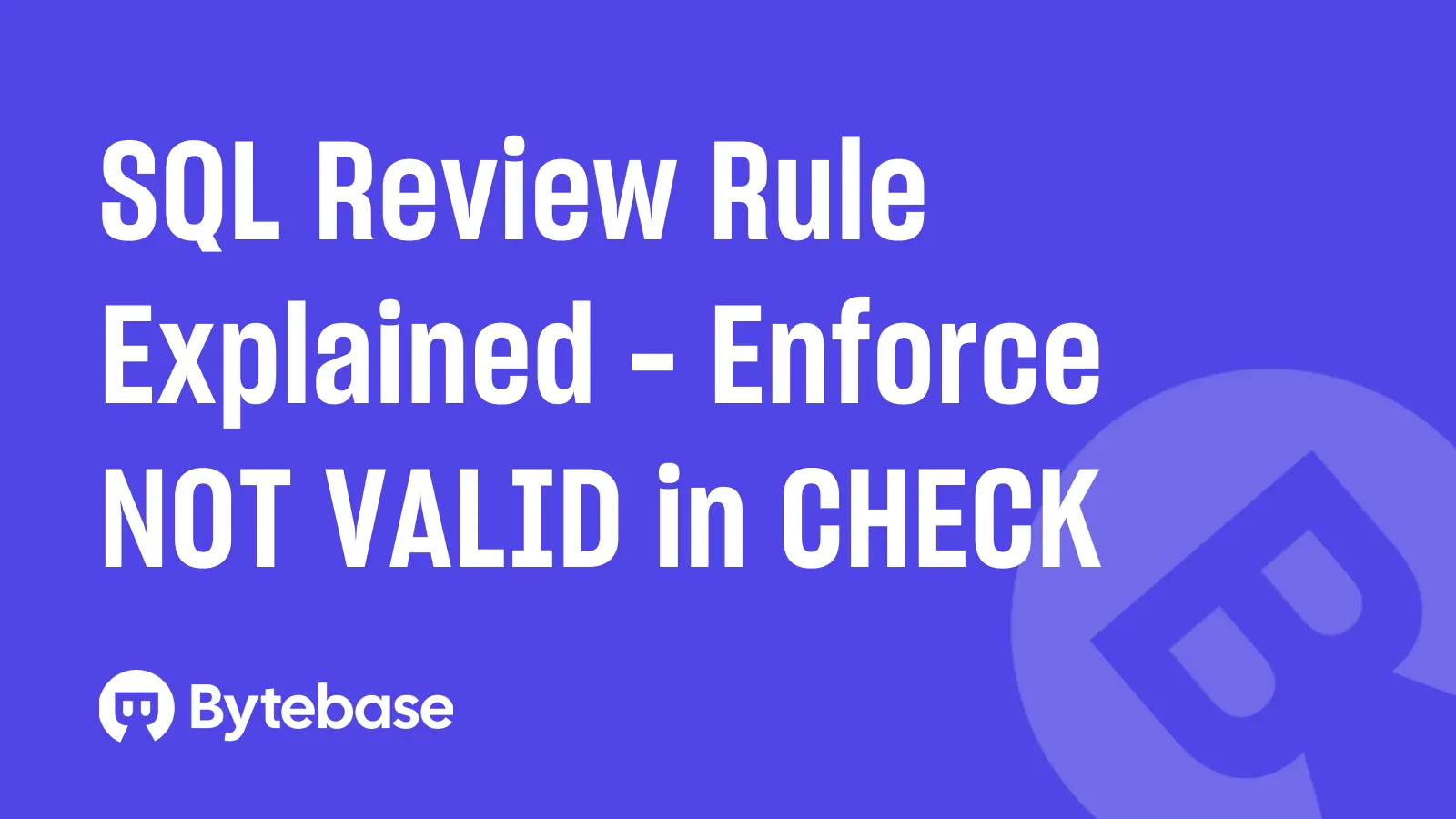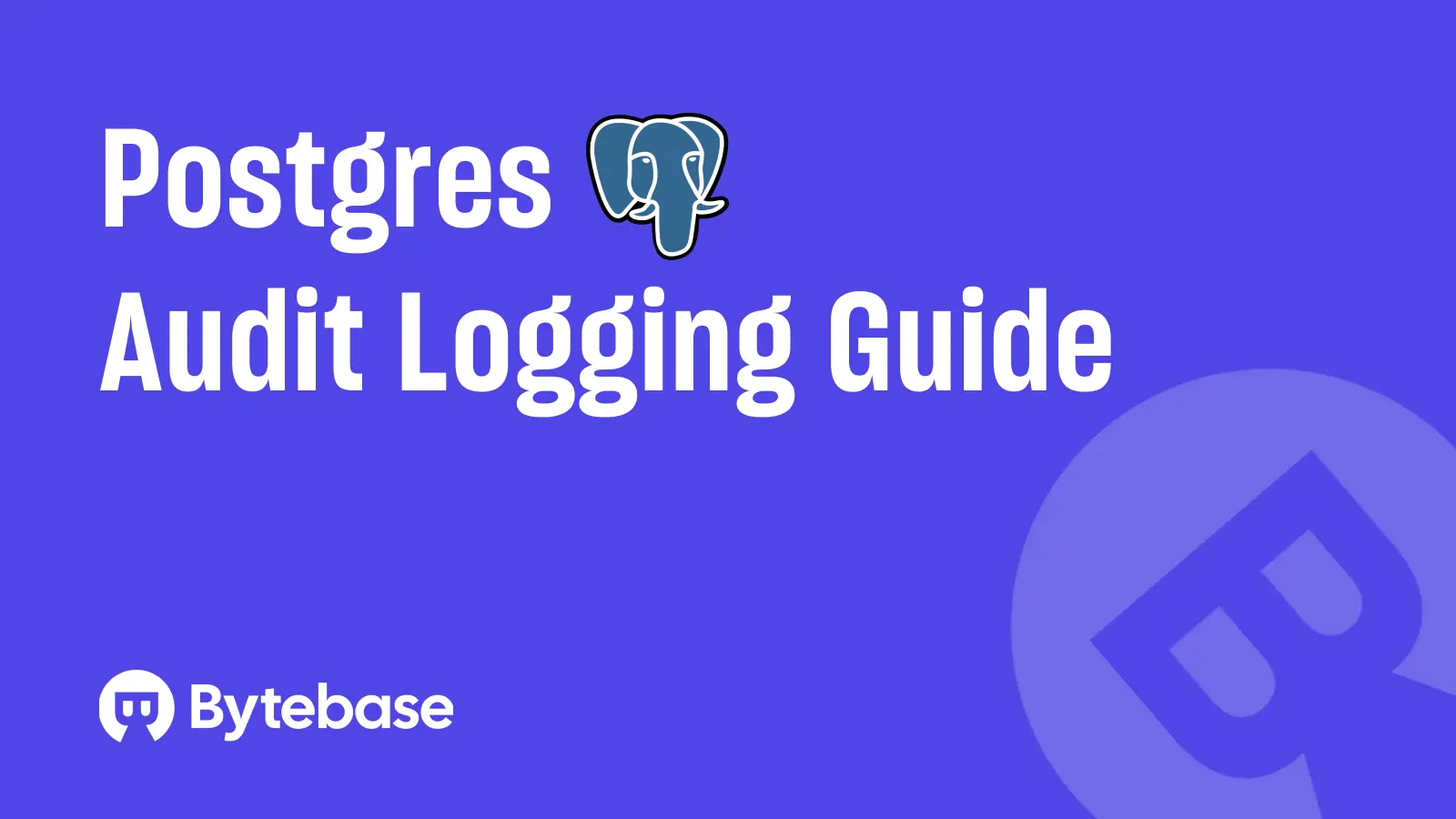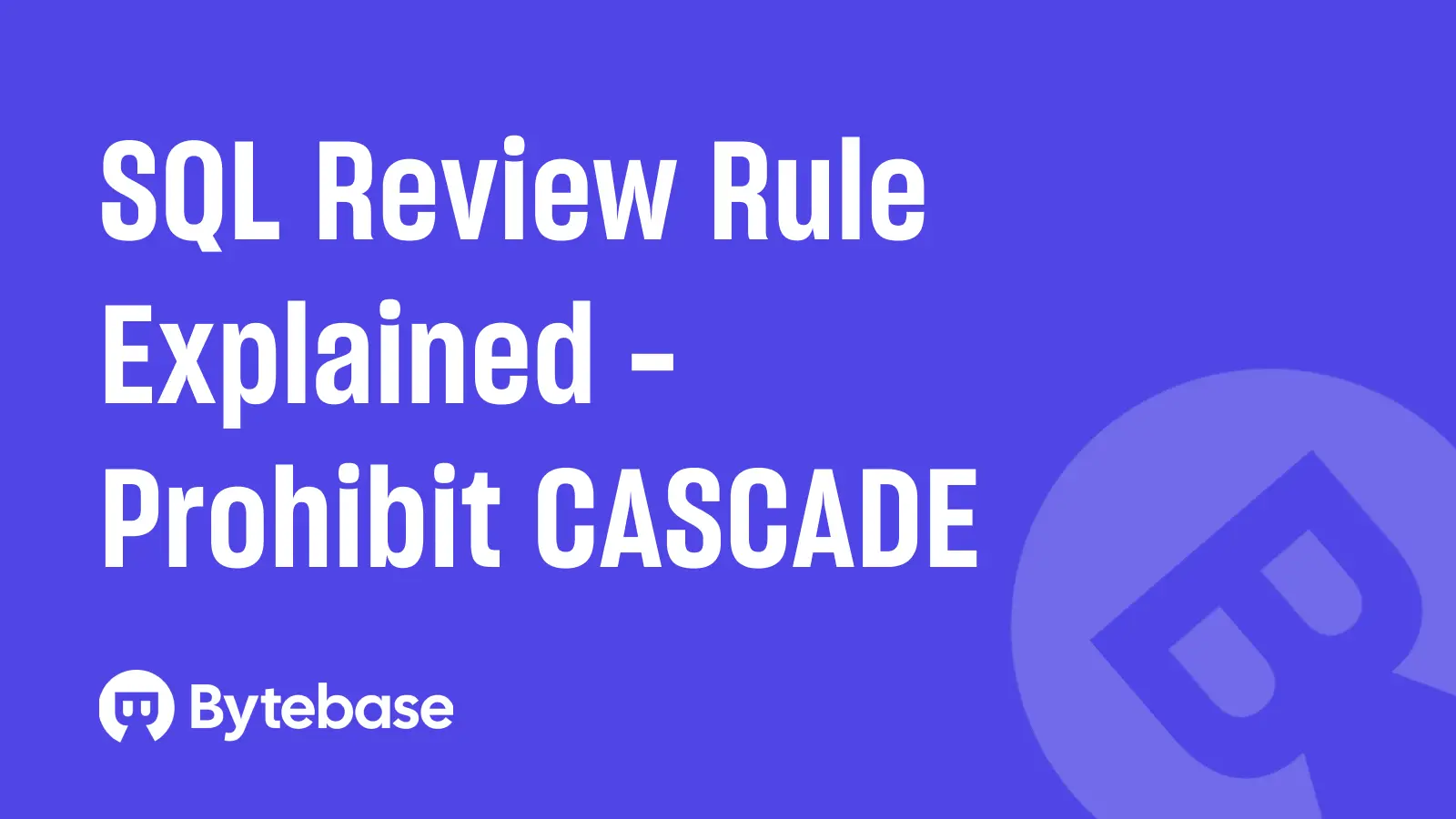
The database landscape is shifting dramatically. PostgreSQL's market share has surged to 16.85%, while MongoDB faces criticism over licensing changes and vendor lock-in. Supabase, a PostgreSQL-powered Backend-as-a-Service, is challenging MongoDB with the power of SQL and the developer experience of NoSQL.
This represents two fundamentally different philosophies:
- MongoDB pioneered document-based development but evolved toward proprietary licensing (SSPL) and Atlas-centric strategy
- Supabase leverages PostgreSQL's versatility — JSON documents, vector embeddings, real-time features — while staying fully open-source
Companies like Infisical report 50% cost reductions migrating from MongoDB to PostgreSQL, while Supabase's rapid growth suggests a fundamental shift in developer preferences.
The Evolution Story: From Open Source Heroes to Different Destinies
MongoDB's Transformation: The Proprietary Pivot
MongoDB evolved from open-source champion to proprietary powerhouse, focusing on monetizing through Atlas cloud services. The 2018 Server Side Public License (SSPL) effectively closed-sourced MongoDB for many commercial use cases, prompting major cloud providers to offer only older versions and creating deployment challenges.
Supabase's Rise: PostgreSQL's Modern Avatar
Supabase emerged in 2020 by building a comprehensive developer platform around PostgreSQL's advanced capabilities — JSONB for documents, pgvector for AI, and ACID transactions — while delivering the developer experience that made Firebase popular. This timing proved perfect for the current era of AI-driven applications.
Comprehensive Comparison: Multiple Dimensions Analysis
| Dimension | Supabase | MongoDB |
|---|---|---|
| Database Foundation | PostgreSQL (Relational + Document) | Document-oriented NoSQL |
| Data Model | Structured tables + JSONB support | Flexible document collections |
| Schema Management | Defined schema with migrations | Schema-less with optional validation |
| Query Language | SQL + PostgREST API | MongoDB Query Language (MQL) |
| ACID Transactions | Full ACID compliance | Limited (requires replica sets) |
| Scalability Approach | Vertical + Read replicas + Sharding | Horizontal sharding (native) |
| Real-time Features | Built-in via PostgreSQL replication | Change Streams (requires configuration) |
| Authentication | Integrated (JWT, OAuth, RLS) | Separate service required |
| File Storage | Integrated S3-compatible | Separate GridFS or external |
| Edge Functions | Built-in serverless functions | Requires separate Atlas Functions |
| API Generation | Auto-generated REST + GraphQL | Manual API development |
| Pricing Model | Transparent usage-based | Complex tiered with hidden costs |
| Free Tier | 500MB DB, 50K MAU, 1GB storage | 512MB storage, shared resources |
| Vendor Lock-in Risk | Low (standard PostgreSQL) | High (proprietary features) |
| License | Fully open source | SSPL (restrictive) |
| Cloud Provider Support | All major providers | Limited due to licensing |
| Learning Curve | SQL knowledge required | Easier for beginners |
| Enterprise Features | Row Level Security, Audit logs | Advanced security, compliance |
| Ecosystem Maturity | Growing rapidly | Mature but fragmenting |
| Migration Complexity | Standard SQL tools | Custom migration required |
| Performance Profile | Excellent for complex queries | Better for simple document ops |
| AI/ML Support | Native vector embeddings (pgvector) | Atlas Vector Search |
| Backup & Recovery | Point-in-time recovery | Continuous backup |
| Monitoring | Built-in dashboard + metrics | Comprehensive Atlas monitoring |
| Multi-region | Read replicas | Global clusters |
| Compliance | SOC 2, GDPR ready | SOC 2, HIPAA, PCI DSS |
Architecture Deep Dive: Two Philosophies in Practice
Supabase: The Integrated Ecosystem
Supabase's architecture represents a "batteries-included" approach to backend development. Built on PostgreSQL's foundation, it integrates multiple open-source tools into a cohesive platform:
Core Components:
- PostgreSQL: The database engine with extensions for JSON, vectors, and geospatial data
- PostgREST: Auto-generates RESTful APIs from database schema
- Realtime: Elixir-based WebSocket server for live updates
- GoTrue: JWT-based authentication with social providers
- Storage: S3-compatible object storage with CDN
- Edge Functions: Deno-based serverless runtime
This integrated approach provides immediate productivity gains, allowing developers to build full-featured applications without separate service configuration.
MongoDB's modular architecture offers flexibility but requires more integration work, with each service operating independently and creating complexity in managing authentication and real-time synchronization.
Performance and Scalability: The Technical Reality
Supabase Performance Characteristics
Supabase inherits PostgreSQL's performance profile, which excels in several key areas:
Strengths:
- Complex Queries: Superior performance for joins, aggregations, and analytical workloads
- Consistency: ACID transactions ensure data integrity without performance penalties
- Indexing: Advanced indexing strategies including partial, functional, and GIN indexes
- Concurrency: MVCC (Multi-Version Concurrency Control) handles high concurrent loads efficiently
Supabase scales primarily through vertical scaling and read replicas, with manual sharding available. PostgreSQL excels in complex queries and AI workloads via pgvector.
MongoDB offers native horizontal sharding and fast document operations but can struggle with complex queries.
Pricing Analysis: The Total Cost of Ownership
Disclaimer: Pricing information in this section is current as of the publication date (August 21, 2025) and may change over time. Please refer to the official Supabase pricing and MongoDB Atlas pricing pages for the most up-to-date information. Supabase offers transparent, usage-based pricing starting at $25/month for production workloads, while MongoDB Atlas begins at $60/month with additional costs for authentication, storage, and enterprise features. MongoDB's complex pricing model often leads to unexpected costs as applications scale.
Cost Comparison Analysis
For a typical web application with moderate traffic:
| Component | Supabase (Pro tier) | MongoDB Atlas |
|---|---|---|
| Core Database & Backend | $25/month | $60/month (M10 cluster) |
| Authentication | Included | $20-50/month |
| File Storage | $5-15/month | $10-30/month |
| Real-time Features | Included | Additional development cost |
| API Generation | Included | Manual development required |
| Total Monthly Cost | $30-40 | $90-140 |
This analysis aligns with real-world reports of 50% cost reductions when migrating from MongoDB to PostgreSQL-based solutions.
Conclusion
Choose Supabase for: Rapid development, relational data, cost predictability, and open-source values.
Choose MongoDB for: Massive scale, flexible schemas, and existing MongoDB expertise.
Supabase's PostgreSQL-powered platform offers integrated services with transparent pricing, while MongoDB's licensing changes have reduced its appeal. The shift toward Supabase reflects broader trends: the return to SQL and preference for developer-friendly, integrated platforms — marking the beginning of a PostgreSQL renaissance.


